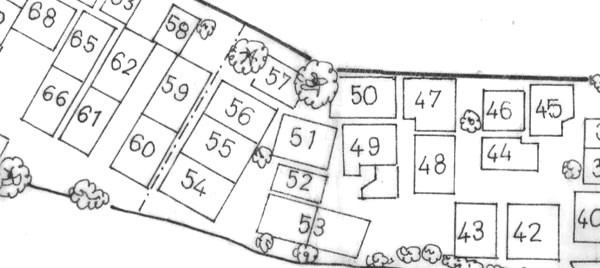


CONTENTS [click each to view]
INTRODUCTION
Alexis Bhagat & Lize Mogel
MAPS
Unnayan | Chetla Lock Gate, Marginal Land Settlement in Calcutta, 1984
Institute for Applied Autonomy with Site-R | Routes of Least Surveillance
Trevor Paglen & John Emerson | Rendition Flights 2001-2006
An Architektur | Geography of the Fürth Departure Center
Pedro Lasch | Guias de Ruta / Route Guides
Lize Mogel | From South to North
Jane Tsong | the los angeles water cycle: the way it is, not the way it should be and one day will be
the Center for Urban Pedagogy (CUP) | New York City Garbage Machine
Brooke Singer | The US Oil Fix
Ashley Hunt | A World Map: in which we see...
ESSAYS
Jai Sen | Other Worlds, Other Maps: Mapping the Unintended City
Institute for Applied Autonomy | Tactical Cartographies
Visible Collective & Trevor Paglen | Mapping Ghosts
Maribel Casas-Cortes & Sebastian Cobarrubias | Drawing Escape Tunnels Through Borders
Alejandro de Acosta | Latino/a America: A Geophilosophy for Wanders
Sarah Lewison | Our Land is Changing-- Soon Yours Will Be Too
Jenny Price, Jane Tsong, Ellen Sollod, Lize Mogel, DJ Waldie, Paul S. Kibel | Drawing (on) Water in Los Angeles
Heather Rogers | The Power of Garbage
Kolya Abramsky | Struggles Over Transition: Emancipating Energy?
Avery F. Gordon | A World Map
CREDITS

| Other Worlds, Other Maps: Mapping the Unintended City (excerpt) | Jai Sen Unnayan's work, during its life from 1978-95, was primarily about community organisation, but over the years it took on a wide range of other related initiatives. Its fields of work included research and documentation and what it initially called 'public education' but which took the shape of public advocacy campaigning. This organising occurred in more than 40 settlements of the labouring poor spread across Calcutta. Unnayan worked on issues of dwelling, health, schooling, and artisanal production; in post natural disaster resettlement research, policymaking, and consultancy with communities in urban and rural areas of eastern India. Unnayan worked on the question of the rights and futures of the rickshaw pullers of Calcutta - which were (and today remain) a very important symbol and manifestation of the unintended city; and in building up a major social documentation centre-- the Jana Tathya Kendra ('People's Information Centre'), in its time arguably the best in eastern India. What it remains best known for however, perhaps, is its contributions to the field of what has since been named 'housing rights'. This work ranged from supporting local communities in Calcutta to gain some minimal dwelling rights, to helping organize a city-wide movement among urban dwellers of unintended settlements, the Chhinnamul Sramajibi Adhikar Samiti (the 'Organization for the Rights of Uprooted Labouring People'). Unnayan understood the structural marginalization within these issues, and took them to a national level through what became the National Campaign for Housing Rights and to an international level, gaining recognition for housing rights issues among civil organizations across the world as well as the United Nations. This is the formal description of the work. But underlying it was a drive, not always very well thought out, to find ways to help people make themselves visible - to each other and to those who made them invisible - and thereby to gain some degree of control and power-to over their lives, celebrate their existence and contributions to the world around them, and - crucially - also to challenge the power of those who made them invisible and unintended. Within and in relation to this, we at that time saw the mapping work that we did, and that this essay is about, as merely an instrument of our work and not as a project in itself. But by virtue of the fact that I was an architect by training, and therefore not only 'knew' and understood maps but had a subconscious sense of their power and value, and also because some other architects and planners joined Unnayan precisely because of this unusual thrust in a non-profit civil organisation, this meant that mapping was a sustained, behind-the-scenes activity within Unnayan, over several years. |